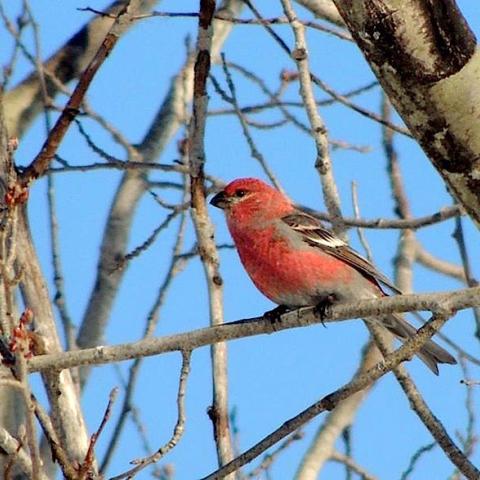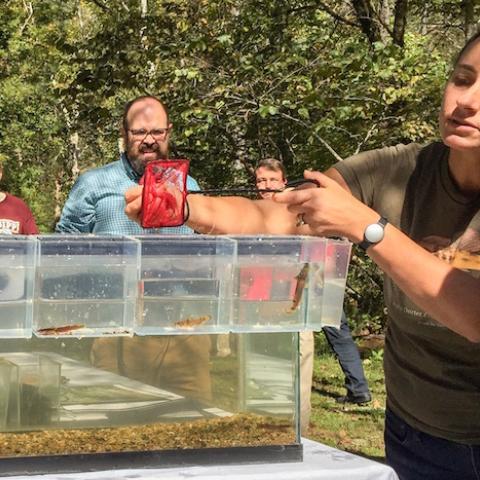Black Bears Facing Hard Times At Great Smoky Mountains National Park

A poor year for their traditional foods have black bears in Great Smoky Mountains National Park roaming far and wide, leading park officials to remind visitors to keep their distance from bears and to urge folks in communities surrounding the park to keep their garbage, pet food, and bird seed out of the reach of bears.
- By NPT Staff - October 25th, 2015 2:30am













